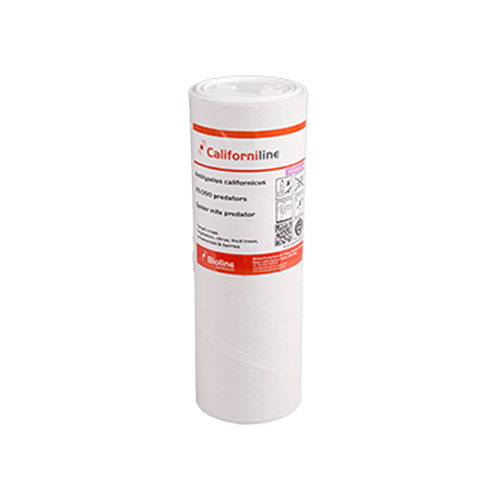








Spider Mite Predators
In stock, Pickup available at London Grow HQ
Usually ready in 24 hours

Spider Mite Predators
250ml - 2000 Phytoseiulus persimilis
London Grow HQ
R/O 121 Theobalds Park Road
Enfield EN2 9BH
United Kingdom

Overview
Say farewell to the scourge of spider mites in your garden with our Spider Mite Predators collection, featuring an elite squad of natural defenders. With a diverse range of species, including Phytoseiulus persimilis, Amblyseius californicus, Amblyseius andersoni, and Feltiella acarisuga, this assortment is your secret weapon against these troublesome pests. Protect your plants the eco-friendly way and reclaim the health and vibrancy of your garden.
General Information
Phytoseiulus persimilis: These voracious red mites are well-known for their unmatched appetite for spider mites, offering rapid and thorough control.
Amblyseius californicus: Specialise in controlling spider mites and are particularly effective in greenhouse environments.
Amblyseius andersoni: Versatile predators, targeting spider mites and other common pests.
Feltiella acarisuga (Gall Midge): These small flies lay their eggs on spider mite-infested plants. The fly larvae feed on spider mites, providing an alternative approach to mite control.
Benefits
- Natural Pest Control: By introducing these Spider Mite Predators, you're opting for an eco-friendly, chemical-free alternative to manage spider mite infestations. This safeguards the environment, your beneficial insects, and the health of your plants.
- Swift Mite Eradication: With an array of species in the collection, you can address spider mite issues quickly and effectively, preserving the well-being of your garden.
- Reduced Plant Damage: When spider mite populations under control, your plants can flourish without the worry of mite-induced damage, resulting in better growth, flowering, and overall vitality.
- Balanced Ecosystem: By integrating these beneficial insects into your gardening practices, you foster a harmonious garden ecosystem where pests are kept in check naturally.
How to Use
- Identification: Confirm that spider mites are causing damage to your plants. Spider mites are tiny arachnids that create fine webbing on the undersides of leaves. If you’re having trouble seeing them, it’s worth picking up an Illuminated Microscope.
- Species Selection: Choose the appropriate Spider Mite Predator species or combination based on your specific pest problem and the garden conditions.
- Application: Follow the provided instructions for application, which often involves releasing the predators directly onto your plants. The timing and quantity will vary based on the scale of the infestation and the specific product instructions.
- Monitoring: Keep an eye on the progress. Over time, you should observe a significant reduction in spider mite populations, leading to healthier plants and a pest-free environment.

